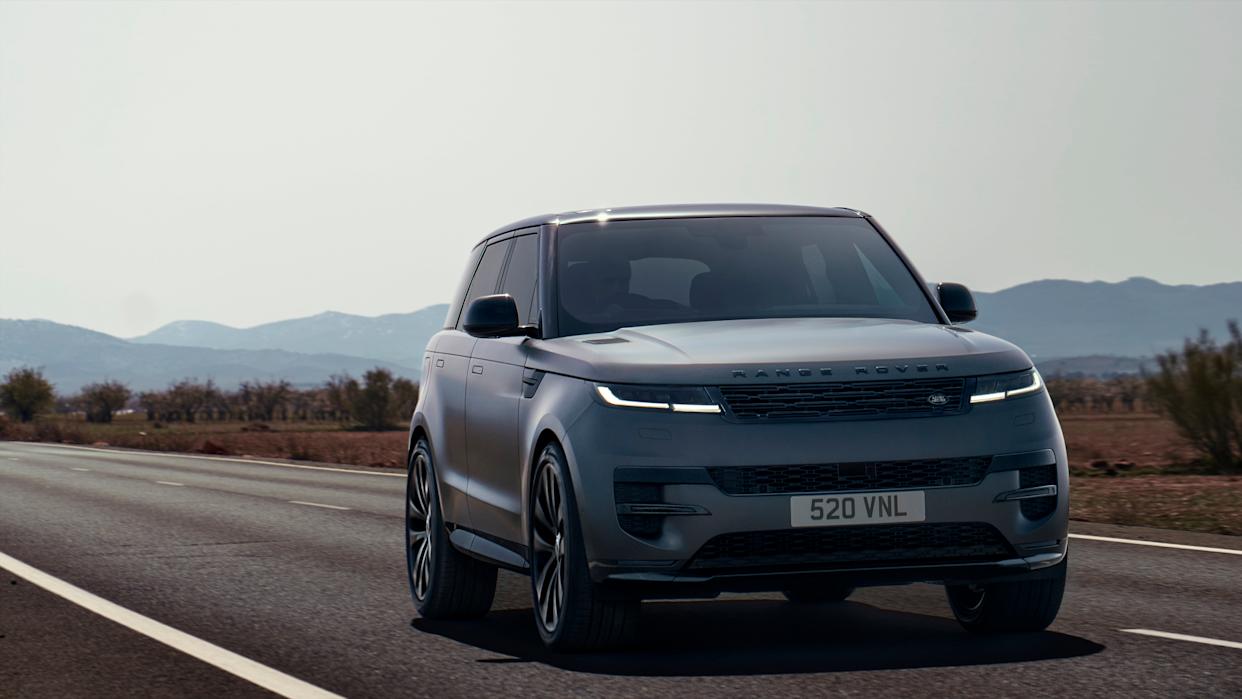
The second year of car ownership — and beyond — is when the real costs of owning certain SUVs become painfully clear. Auto expert Chris Pyle of JustAnswer knows exactly which ones will drain your wallet once the warranty protection disappears. As a mechanic, Pyle has seen the expensive reality that hits SUV owners after the honeymoon period ends. While most vehicles are protected during their first few years, some models reveal costly problems that manufacturers don’t cover.
“A car can cost you in many ways,” Pyle explained. “It can be from depreciation, insurance costs, breakdowns/repairs, maintenance, fuel consumption and loan APR.”
The timing matters because warranty coverage masks the true cost of ownership. Most new car buyers drive for three years or more before they’re out of warranty protection by time or miles.
“While under warranty, most do not worry about or even consider repairs needed, because they will be free under warranty,” Pyle said.
But once that protection ends, reality hits hard for owners of certain SUV models.
When the True Costs Reveal Themselves
Pyle shared that no car costs more in year two compared to year one, and probably not in year three either. The real financial pain starts after warranty coverage expires.
“For me, once a car has gotten beyond the warranty, the things that make me worry and things that have agitated me the most are the depreciation, poor fuel economy and, if it breaks down, how much it will cost me to get it back road worthy,” he said.
This is why Pyle recommended specific strategies for certain SUV models. His advice is practical: Think twice about buying them, opt to lease them instead or plan to part ways soon after the warranty expires.
Here are the six SUVs Pyle said will cost you a fortune once year two arrives (and beyond).
Land Rover Range Rover
The Range Rover tops Pyle’s avoid list for two expensive reasons: massive depreciation and sky-high maintenance costs.
Land Rover vehicles are notorious for losing value quickly. According to Kelley Blue Book, a 2022 Range Rover plummeted 53% in value in three years (roughly $59,100 lost), confirming steep depreciation.
The maintenance costs make the situation worse. Range Rovers require expensive parts and specialized service that most independent shops can’t handle. When something breaks after warranty, owners often face repair bills that exceed the vehicle’s rapidly declining value.
Nissan SUVs
Pyle has a blunt warning about most Nissan SUVs: “When the CVT transmission fails, you will need a loan to replace it.”
A Nissan CVT (continuously variable transmission) replacement typically costs between $3,000-$8,000, including parts and labor, depending on model.
The problem affects most of Nissan’s SUV lineup, including the Rogue, Murano and Pathfinder. Owners often discover this expensive reality right around the time their warranty expires, leaving them with a massive repair bill on a vehicle that’s rapidly losing value.
Lincoln Aviator
The Lincoln Aviator combines two costly problems: electronics that tend to fail and steep depreciation.
Modern luxury SUVs are packed with complex electronic systems that control everything from the infotainment to advanced driver assistance features. When these systems fail in the Aviator, replacement costs can be high.
The depreciation problem compounds the electronics issue. The Aviator loses nearly 50% of its value in the first five years, dropping from about $74,000 new to under $40,000. Compared to German rivals (like Audi or BMW), Lincoln’s brand recognition and resale values are weaker, which magnifies the financial risk after warranty.
GMC Yukon
Pyle flagged the GMC Yukon as one of the SUVs that can quietly drain your wallet once the warranty ends. He pointed to a costly combination of engine-related risks, depreciation and terrible fuel economy. Over five years, the average total cost of owning a Yukon is estimated at $96,676, with depreciation alone accounting for more than $51,000 and fuel adding another $13,590. The full-size SUV’s thirsty V8 engine means owners can expect ongoing high fuel bills, especially as gas prices fluctuate.
But it’s the potential for engine failure that’s especially alarming. In 2025, General Motors recalled nearly 600,000 vehicles, including multiple Yukon model years, due to defective crankshaft and connecting rod components that could cause sudden engine failure. While GM is offering repairs under the recall, owners outside the coverage window could face thousands in repair costs.
VW Tiguan
The Volkswagen Tiguan suffers from two specific problems that become expensive once warranty coverage ends: excessive oil consumption and entertainment system failures.
VW’s turbocharged engines in the Tiguan are known for burning oil at rates that require frequent top-offs between changes. This isn’t just inconvenient; it can lead to engine damage if owners don’t stay on top of oil levels.
The entertainment system failures affect daily usability and can cost thousands to repair. Unlike mechanical issues that might be tolerable, infotainment problems affect the basic driving experience.
Jeep Compass
Pyle saved his harshest criticism for the Jeep Compass, citing “mechanical and electrical failures, poorly designed engines/transmissions.”
The Compass suffers from fundamental design issues that create ongoing reliability problems. The combination of mechanical and electrical failures means owners face repair costs from multiple systems simultaneously.
When engines and transmissions are poorly designed from the start, the problems don’t get better with age. Compass owners often find themselves dealing with expensive repairs that keep recurring because the underlying design issues can’t be fixed.
The Smart Strategy for These SUVs
Pyle’s advice for dealing with these problematic SUVs is strategic rather than emotional. He doesn’t say to never buy them, but rather to structure ownership in ways that minimize financial risk.
Leasing these vehicles can make sense because you return them before major problems develop. The monthly payments might be higher than financing, but you avoid the depreciation hit and expensive post-warranty repairs.
For buyers, Pyle suggested planning an exit strategy before problems develop. Selling or trading these SUVs while they still have warranty coverage can prevent the expensive ownership phase that follows.
More From GOBankingRates
This article originally appeared on GOBankingRates.com: I’m a Mechanic: These 6 SUVs Will Cost You a Fortune in Year 2 and Beyond
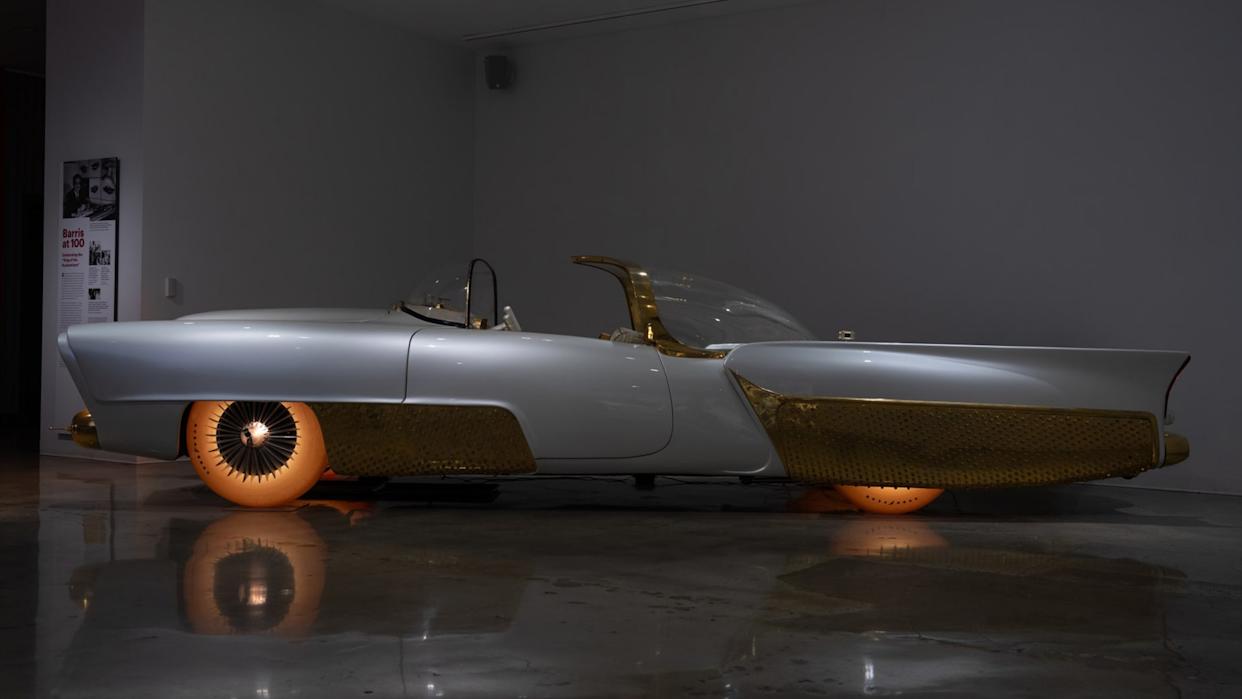
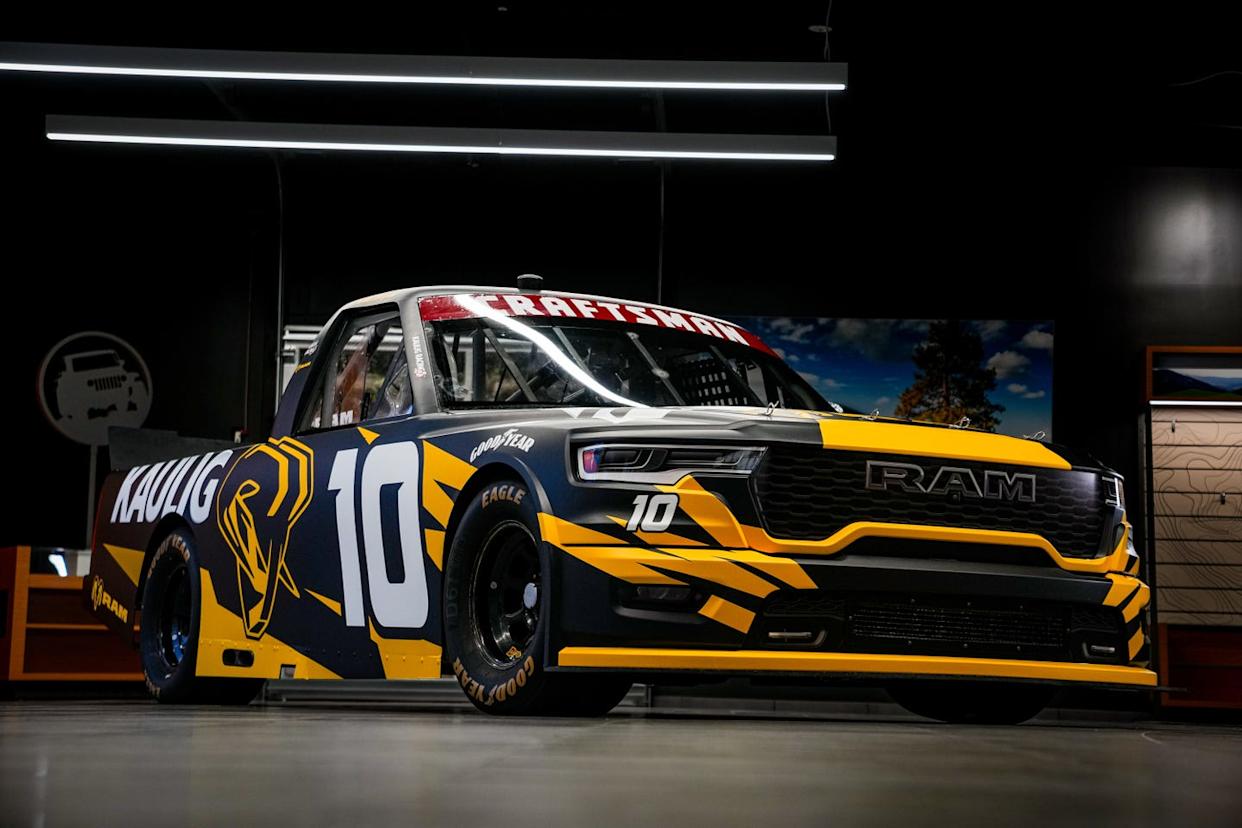



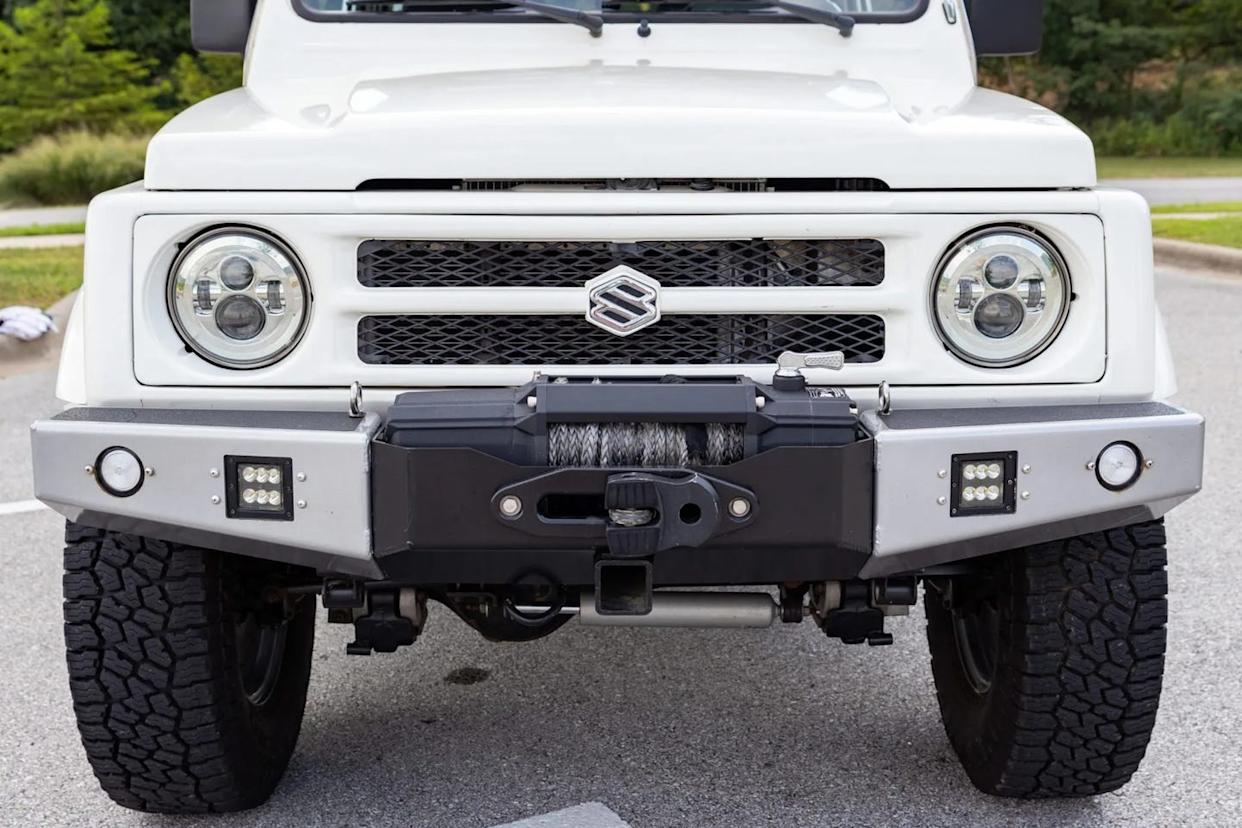
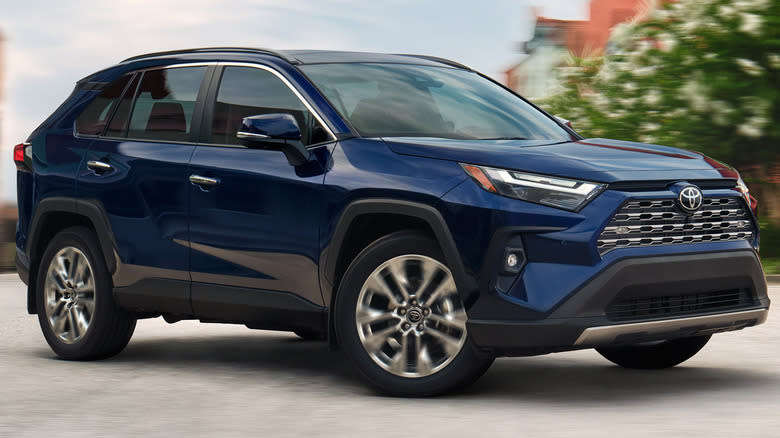
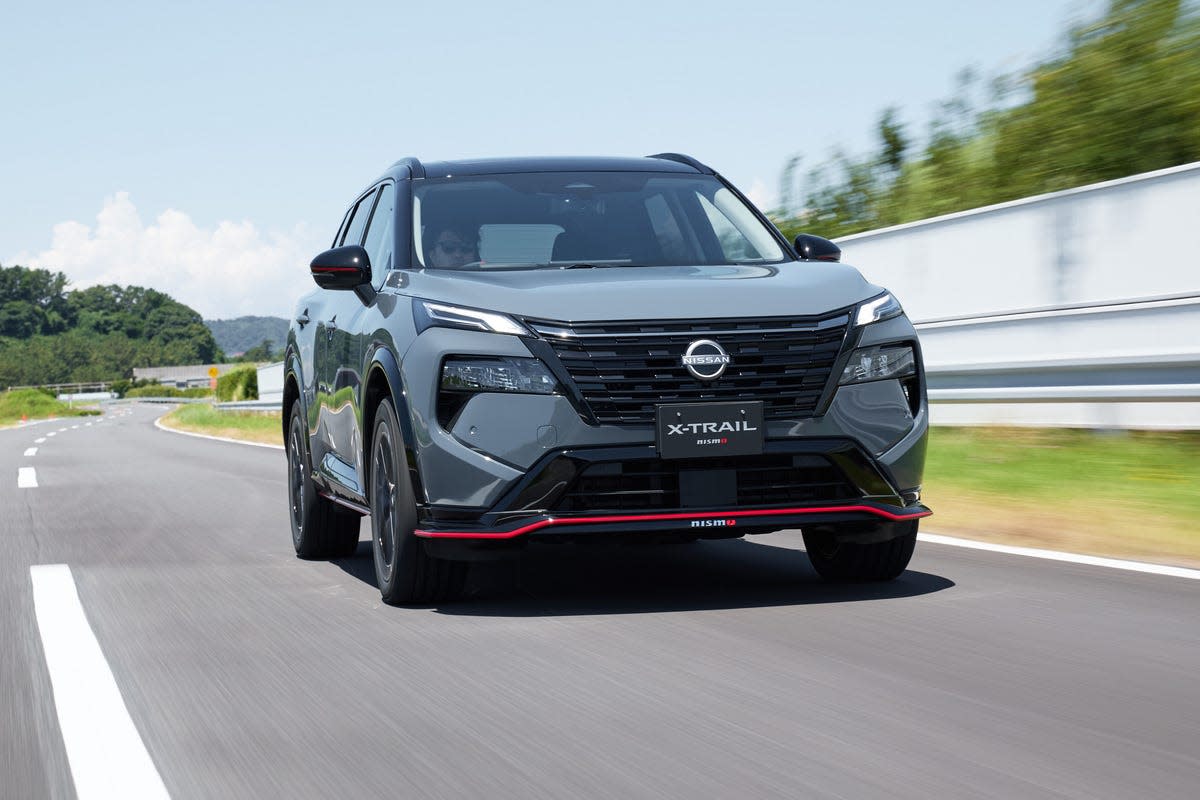
Comments